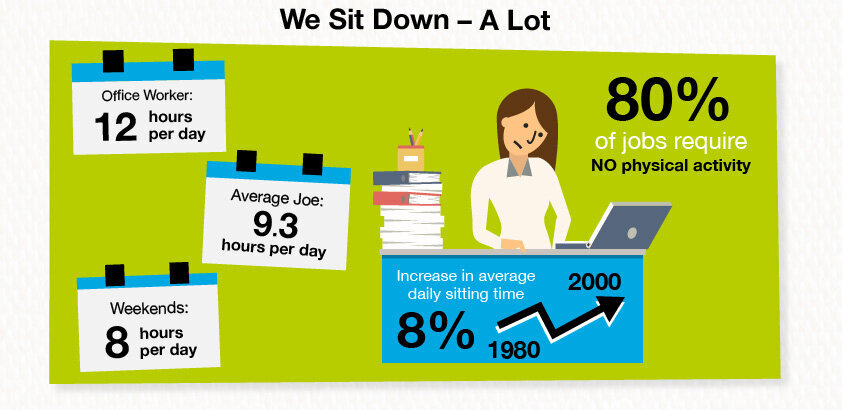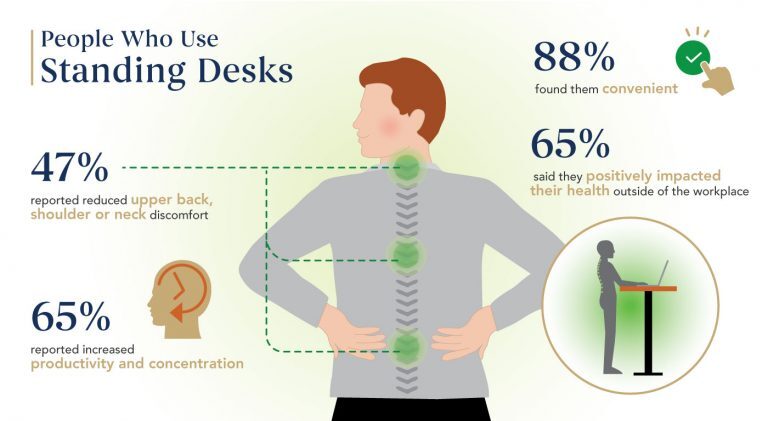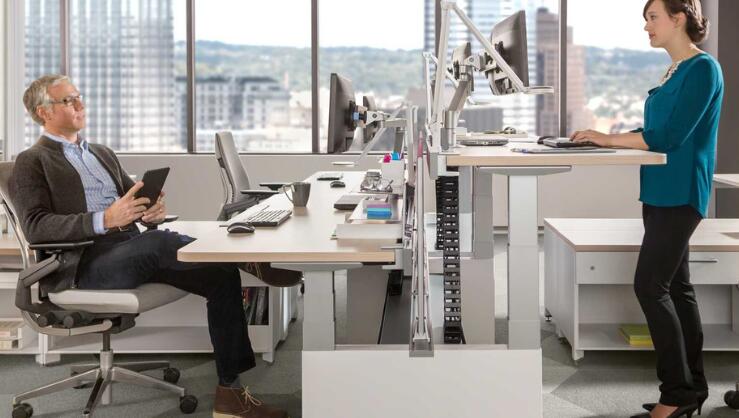Imagine that you have gone to buy a new chair for your study desk and find out that every chair is covered with labels that read “Sitting is harmful to health. Sitting kills!” While that might sound too far-fetched to be real, the words are not fanciful themselves.
“Sitting is the new smoking” is the trending phrase in fitness circles. Several studies have shown that sitting or lying down for long durations can have effects similar to smoking on the body. Sedentary behaviour has been linked to an increased risk of chronic diseases such as obesity, cardiovascular disease, type 2 diabetes, and certain types of cancer, and can lead to premature death.

Modern lifestyle has made sitting in front of computers for long hours a part of everyday life for many of us. University life is no different. This is leading to poor posture, muscle weakening, and increasing cases of back, neck, and shoulder pain among young people.
Kusal Goonewardena, APA Titled Sports Physiotherapist for the Melbourne University Elite Athlete Program and the founder of Elite Akademy Sports Medicine, shared some tips to counter this sedentary lifestyle.
- Take regular breaks to stand up and move around while working or studying – once every hour.
- Creating a flexible work system, like using standing desks and taking calls while walking is another trick to bring some activity to the daily routine.

- Choose an active commute mode, like walking or cycling, and ditch the elevator for the stairs whenever possible.
Sitting for long hours also directly impacts our mental health. Bad posture increases cortisol (stress hormone), while good posture decreases. “It can happen within two minutes,” says Goonewardena. Increased cortisol levels harm focus, clear thinking, and decision-making.
Goonewardena wants workplaces to play a role in ensuring that the staff is not inactive for long durations. Besides encouraging regular breaks and offering wellness programs like Yoga sessions and gym memberships, he suggests that employers also use innovative methods and “gamify” fitness amongst employees by setting challenges using fitness apps.
As temperatures drop and winter sets in, following a fitness routine can be even more difficult. The temptation to spend non-work hours cuddled under the blanket in front of the television with a bowl of soup or hot chocolate is too hard to resist.
Kusal recommends following a simple schedule and ticking things off to stay motivated. “Winter months can easily make people lazy. But when someone can visually see what they have planned, completed, and accomplished, it creates forward momentum,” he said. Kusal stresses that bad weather can no longer be an excuse for not exercising.
“These days, we can easily tell if the weather will be bad. Plan to do something indoors when you can’t do something outside. These can range from functional exercises, body weight exercises, yoga, online classes, and even dancing. Swimming, sauna, and spa are also good alternatives through the winter.”
Ultimately, fitness is about pushing yourself physically and mentally. Goonewardena shares a final tip to make it more enjoyable. “Have an exercise or workout buddy who will push you to reach your goals together. Humans have thrived over the years due to our innate sense of community.”
If we consciously fight lethargy, we can fight the dystopian reality that awaits us. Kick the butt (off the chair) and make every step count. The app is tracking it!


